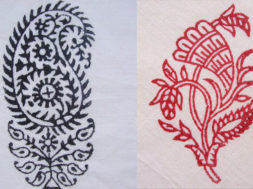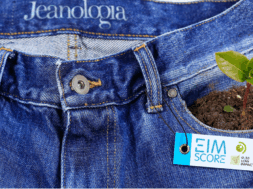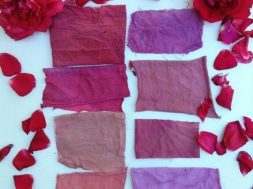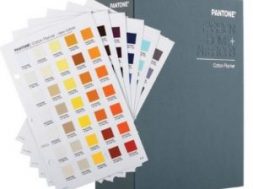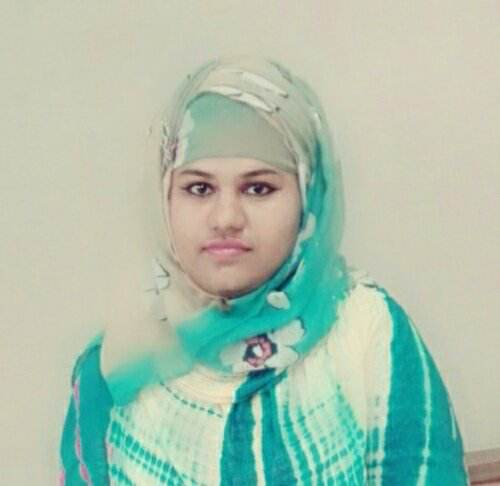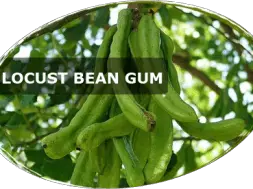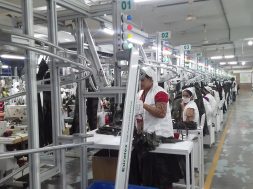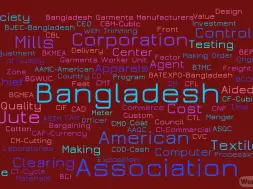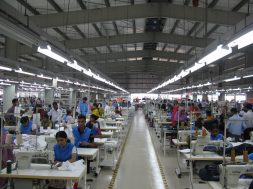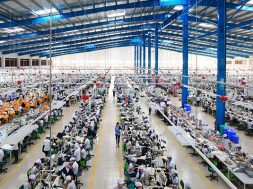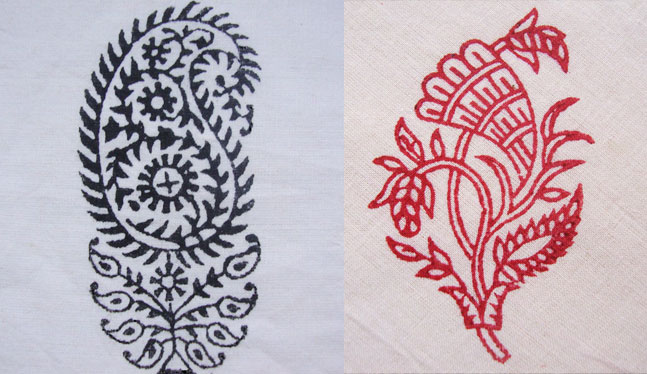
Textile Printing | Feature of Textile Printing | Process flowchart of textile printing
Textile Printing
The word of “printing” has derived from a Latin word which means “pressing “. It implies a process that uses pressure. Textile printing is one kind of localized dyeing where dyes or pigments & chemical applied by any method which can produce a particular effect of color on fabric according to design. In a word, Applying colored patterns and designs to decorate a finished fabric is called ‘Printing’. In a proper printed fabric, the color is affixed to the fiber or fibre surface (pigment) so that it may not be affected by washing and friction or any other means. It’s a combination of art, engineering & dyeing.
Feature of Printing:
Printing is applied in form of design or pattern. Single or multi color can be applied.
A special type of viscous liquid is used to hold the dye/pigment & chemical which is called ‘Print paste’.
High viscosity of print paste helps dye to adhere to surface of fibre. But the fixation is done by applying steam which is called ‘curing’
For dyeing low viscous or aqueous medium is used but printing is done in wet viscous medium.
The Dyes used for printing mostly include vat, reactive, naphthol (azoic) and disperse dyes which have good fastness properties.
The pigments, which are not truly dyes, are also used extensively for printing. About 96% is done by pigment. These colors are fixed to the fiber through binder.
Alternative process of textile printing :
There are some alternative processes for applying colorful design on fabric. But printing is the cheapest process that’s why it is widely used. The other processes are……..
By dyed yarn in form of woven fabric.
Embroidery
Knitted with colored yarn.
Appliqué etc.
Difference between Dyeing and Printing :
| SL | Dyeing | Printing |
| 1 | Uniform coloration along the length & width. | Color is applied in form of design. |
| 2 | No localized application. | Localized dyeing. |
| 3 | Back & face side are same. | Back & face are different. |
| 4 | Applied in aqueous medium of low viscosity. | Applied in viscous medium in paste form. |
| 5 | Thickener is not used. | Thickener is used. |
| 6 | M:L is higher. | low |
| 7 |
No specific design is needed |
Color is applied according to the design. |
| 8 | Fibre, yarn, & fabric can be dyed. | Only fabric is printed. N.B: There is a special process of yarn printing called ‘space dyeing’ |
Process flowchart of textile printing:
Fabric preparation
Preparation of printing device (block/flat or rotary screen, roller)
Printing paste preparation
Impress on fabric
Drying the printed fabric
Fixation by curing
Washing & soaping
Finally dry
Delivery
Different styles / techniques of printing:
Direct style
Resist style
Discharge style
Special style
Some special printing style…..
Flock style
Dyed style
burnt out style
blotch printing
air brush ( spray) printing
photo printing
batik / tie dye etc.
(5354)
